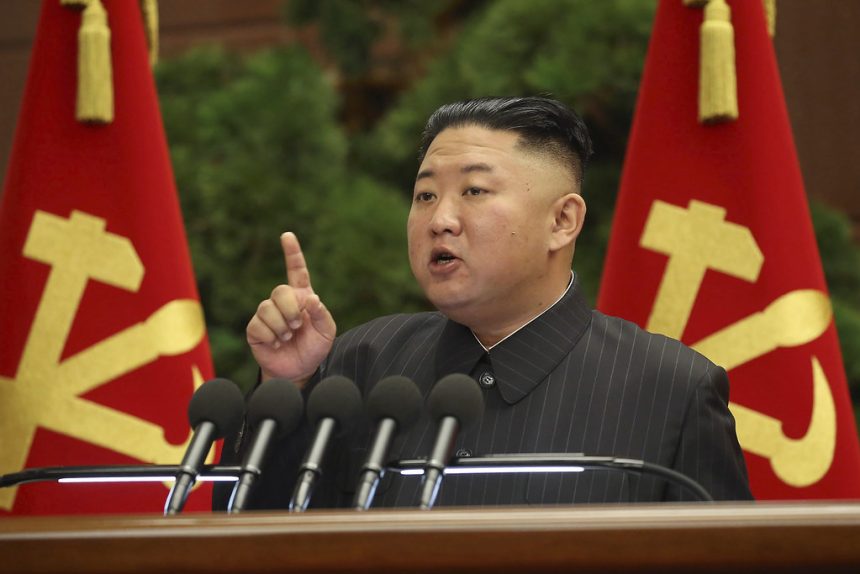North Korea has officially relaunched its 5,000-ton Choe Hyon-class destroyer—named Kang Kon—just weeks after a dramatic failed launch that capsized the ship. The relaunch, attended by leader Kim Jong Un, signals Pyongyang’s determination to bolster its naval power despite domestic setbacks and international skepticism.
Repair and Relaunch at Rajin Port
On June 12, North Korean state media reported that Kang Kon was fully repaired and relaunched at the shipyard in Rajin. Kim Jong Un—and his daughter, Kim Ju Ae—personally oversaw the ceremony, reinforcing the event’s importance.
Satellite images from the CSIS’s Beyond Parallel program confirmed the vessel was towed into a graving dock and re-floated on schedule, suggesting the damage was moderate and addressed swiftly.
From Capsize to Comeback
The destroyer initially capsized on May 21 during a side-launch at Chongjin Shipyard—an unconventional and hazardous method for a top-heavy warship. Kim condemned the incident as a “criminal act” driven by “criminal negligence,” leading to the detention of four officials.
After the failure, state media confirmed the vessel was righted, refloated, and transferred to Rajin for repairs by early June.
Symbolic Show of Naval Ambition
At the relaunch event, Kim hailed Kang Kon as proof of North Korea’s advancing shipbuilding capabilities and pledged to build two more destroyers of the same class next year.
He emphasized the destroyer’s role in extending North Korea’s military reach into the Pacific, asserting that “soon, enemies will experience … our warships freely moving near the edges of their sovereign waters”.
Doubts Over Operational Readiness
Analysts question whether the vessel is truly sea-worthy. Experts note that large sections—such as VLS hatches—were still covered at launch, indicating systems may not be fully onboard or functional.
Kim’s presence on the deck underscored political theater, but no sea trials or demonstrations of weapons systems have been observed. Skeptics argue extensive outfitting and trials are still needed before the destroyer can be considered operational at sea .
Strategic Implications
The event reflects North Korea’s broader ambition to modernize its naval forces—previously limited to coastal patrol craft—by introducing guided missile destroyers potentially equipped for blue-water missions.
Reports suggest the vessels may feature Russian-made Pantsir air defense systems and phased-array radar, indicating possible naval collaboration with Moscow.
What Comes Next
Kim has announced both Kang Kon and another first-in-class destroyer will be delivered to the navy by mid-2026. Plans are underway to construct two more ships of the same size next year.
However, the vessel must still undergo weapons integration, manufacturer’s trials, and operational testing before full deployment—steps that could take months.
Despite external doubts, North Korea’s rapid turnaround—from launch disaster to relaunch—sends a bold message: Pyongyang is committed to accelerating its naval modernization. Yet, the true test lies ahead, when the warship must prove its tactical value in international waters.










